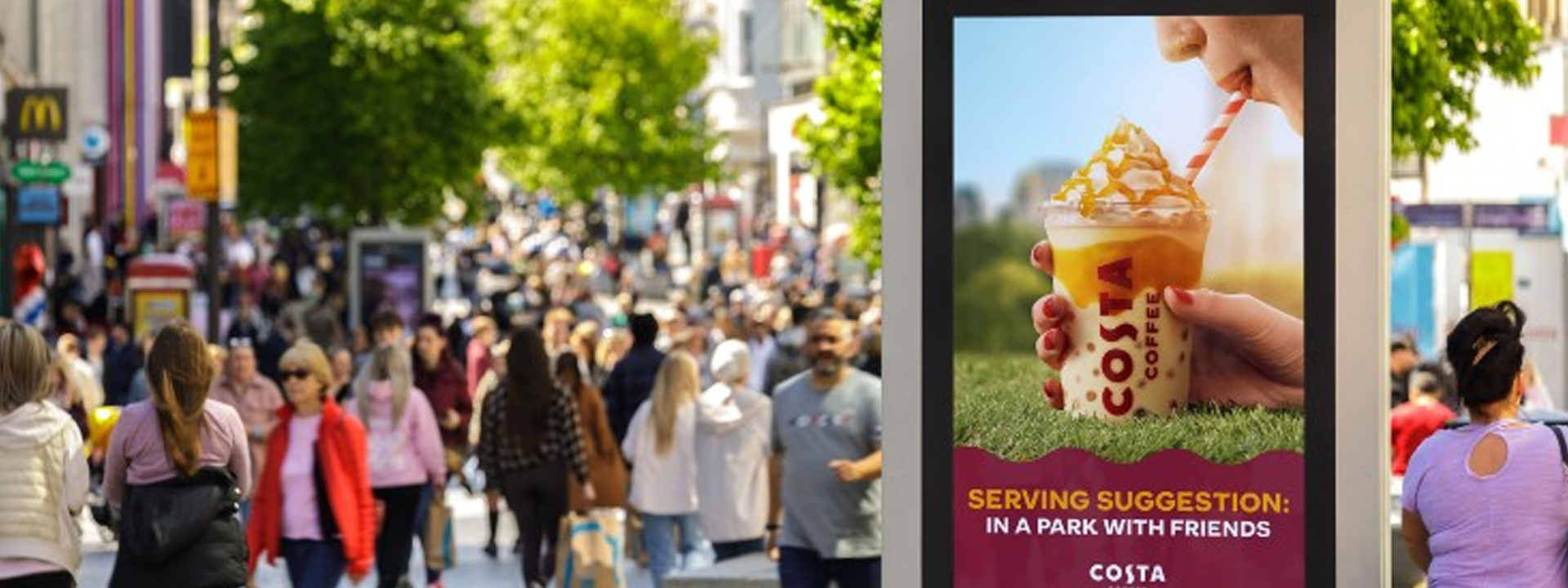As Google rolls out DOOH, is the end nigh for agencies?
Google’s latest outdoor move only proves that specialists are needed now more than ever Conor McKenzie-Wilde, performance strategist at VCCP Media tells Mediatel.
In 2018 a colleague told me that Google Ads specialists wouldn’t be needed in the future, because Google would utilise automation so successfully they’d become D2C, allowing anyone to easily serve ads across all of Google’s inventory in sophisticated ways, with great performance benefits.
I scoffed. But here comes Performance Max (PMAX). A new goal-based Google Ads campaign type which promises to do exactly what my colleague predicted. And not only in Google’s traditional home turf of ‘online’ but now including the ‘surface’ of digital out of home.
PMAX allows marketers to serve ads across all of Google’s inventory, dynamically optimised towards performance goals by AI. PMAX’s machine learning algorithm has 100% visibility of all Google auctions. It therefore boasts true full-funnel awareness; the data is ingested, analysed, and fed into bid optimisations, in real time.
Moreover, PMAX is simplicity itself to use. It can be activated in a single ad campaign with a standard campaign execution process. #Simples.
So, is PMAX a sign of a Google D2C mission? Are agency revenues therefore at risk and are specialists still needed to generate effective bottom line performance for brands on Google Ads? What does PMAX mean for agencies and their clients?
First impressions
When PMAX launched in the UK at the start of 2022, understandable concerns were quickly shared: Lack of actionable outputs, black box, no real optimisation levers, abundance of ‘recommended’ settings (*sigh).
But as early as Q2, a string of new features were announced: increasing transparency (Consumer Insights), actionable output (Asset Insights) and targeting levers (New Customer Acquisition Goal). Updates that worked hard to address all those early practitioner concerns.
For the advertiser, PMAX campaigns have a lot of good things baked in.
- PMAX campaigns are designed to complement Google Search activity so cannibalisation isn’t a worry with an omni-channel approach.
- The latest GA4 updates segment PMAX traffic in a very transparent and actionable way.
- The use of search and all other Google auction data will improve the performance of PMAX ads vs. those without that insight.
- Google now serves a huge volume of content across YouTube, Maps, Gmail, and Discover, and now even digital outdoor, and PMAX opens easy access to this inventory. It also removes the pain that is “aggregated event measurement” and it’s easy to see how PMAX might encourage many clients to pivot Meta budgets toward Google.
Consider all this alongside the sheer scale of available inventory, the high level of targeting granularity, the dynamic creative optimisation, and there being no reliance on first party data inputs. It’s fair to say PMAX campaigns are a game changer for many advertisers. And there’s even more to come in 2022!
‘Just ask Google’ has never felt more real … (sorry I couldn’t help myself).
OK Google, do we still need humans?
There’s a lot I love about PMAX; but not everything. It’s a great way to get a campaign off to a good start. But you still need humans, with domain knowledge, if you really want a campaign to sing.
For example, just weeks after PMAX campaigns replaced Smart Shopping ads, the team over at Honcho overrode a whole section of Google recommended campaign settings (asset creation) and increased performance by 30%!
And we are finding this too at VCCP Media. We are using tailored campaign setups that challenge Google recommended settings and drastically outperforming standard PMAX campaign setups.
How? The explanation lies, of course, in the gold dust that is human experience and domain knowledge.
A recent Think With Google study showed some conversion journeys can have over 500 individual touchpoints. Whilst the scale of those data points emphasises the need for AI, machine learning, and automation, there’s still real value to be had in understanding some of the human nuances of what these data points mean.
PMAX is great. A triumph of automation and a boon for advertisers without access to specialist teams. A PMAX campaign will get you to a decent starting point. But you still need human, expert, intervention to know which settings to override, and when. Those that are testing PMAX and generating learnings about what works, what doesn’t, and how and when to intervene in PMAX campaign optimisation will be ahead of the pack through 2022 and beyond.
What does PMAX mean for specialists and agencies?
Google’s endeavours to make their product more accessible may be part of a D2C mission and as PMAX spreads into out of home, and no doubt other surfaces to come, it will look increasingly attractive as a one stop shop.
But specialists are, in fact, needed more now than ever to bring their domain knowledge to PMAX to really drive campaign optimisations. Especially as you add in the complexities of an online/offline divide in media. And I can’t see that changing any time soon.

